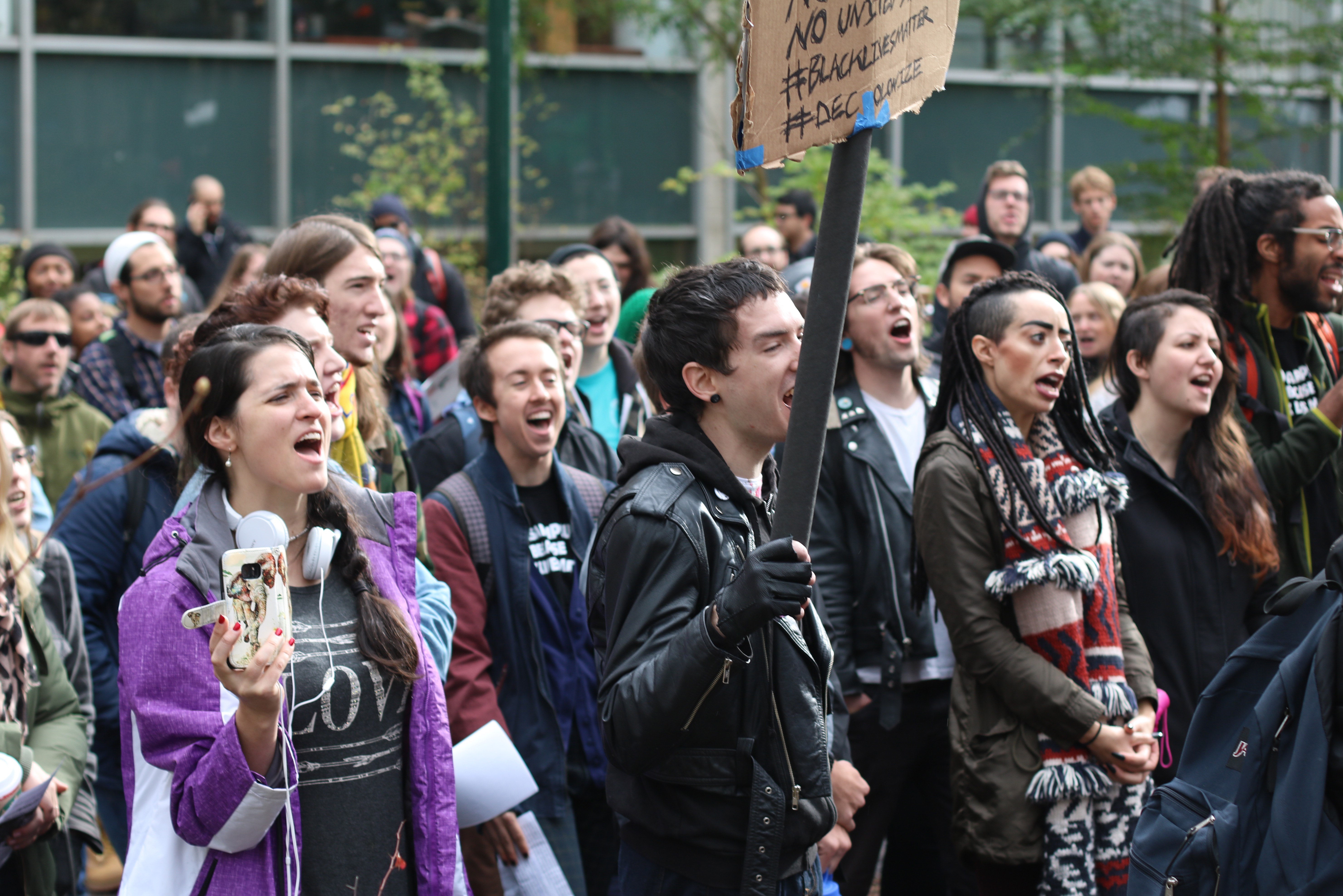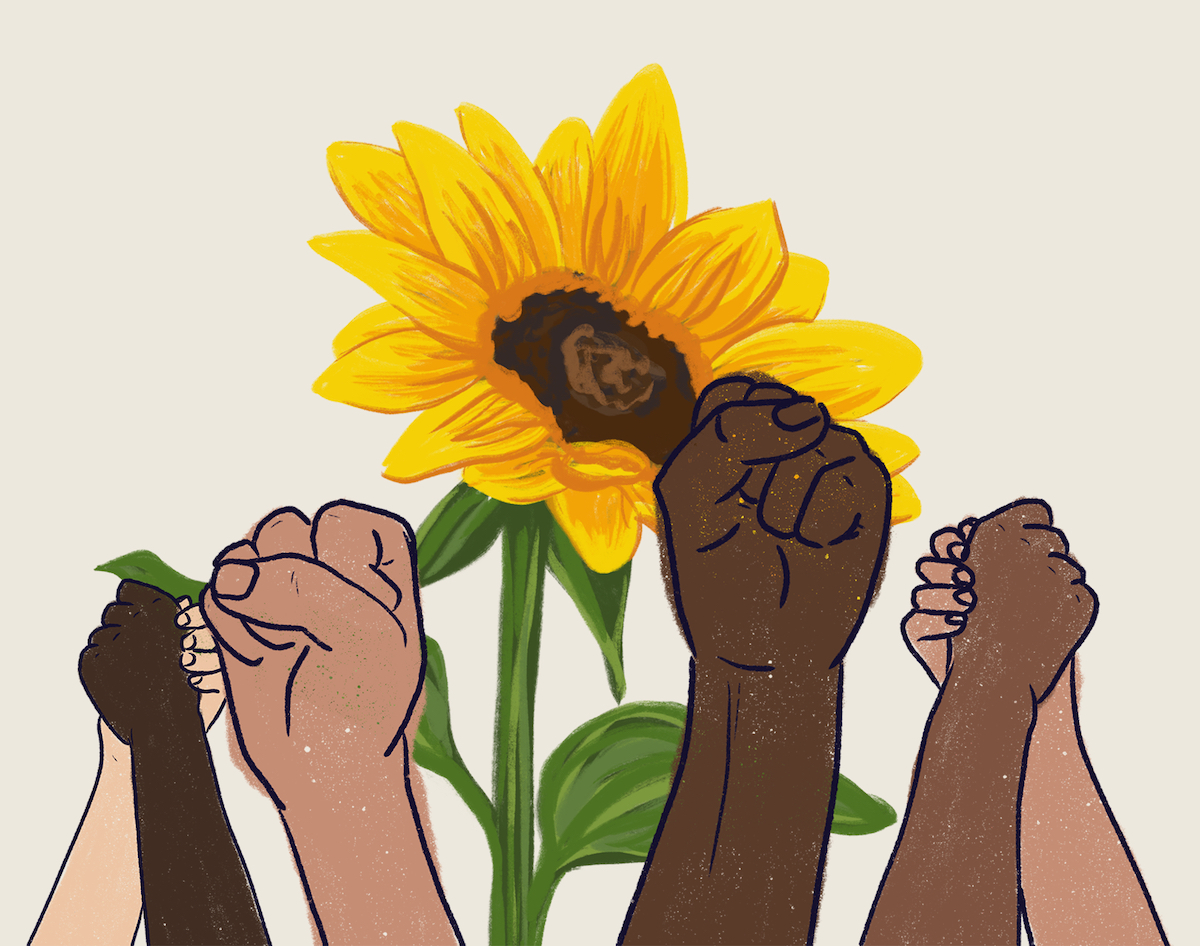In recent days, voters around the country have been bombarded with threatening emails, purported to be from the Proud Boys but ultimately attributed to Iran. Identifying the voters as registered Democrats, the emails demanded that the recipient vote for Trump, or else. This dire situation seems to suggest that voting right now is a dangerous act, but the only danger right now is stymied access.
Burdened by laws and court rulings, voters around the country are still mailing ballots, still visiting drop boxes, still lining up, sometimes for hours, to vote in this year’s election. Despite our collective anxiety, this surge in participation suggests even in these divisive times, voters are still committed to casting their ballot, come hell, high water or adverse court ruling.
As a rule, these kinds of scenes—of voters lined up by the thousands, waiting for hours—would be treated as a breach of democracy and justice by the government, were this happening in another country. That these conditions are here and worsened by the current administration is a testament to the threats to basic rights that exist, yet this supposed uniqueness is a testament to the fundamentals of political participation that exist all throughout the world, American exceptionalism be damned.
It may be jarring to see, but the tenacity of the voters we see here is the kind we see elsewhere, our democracy as fragile as those nations we look down upon. Those nations, however, prove one thing that is evident from our own ongoing election; there’s safety in numbers.
A prime example of this dynamic is apparent in the recent elections in Bolivia. Having survived a coup and attempted suppression of all human rights by Christian fundamentalist Senator Jeanine Áñez, voters turned out in large numbers and handed Morales’ political party Movement for Socialism (MAS) an outright win in the first round of elections. Turnout tipped the scales at a hefty 88.42%, election observers from numerous international agencies noted no evidence of fraud and the interim coup government seemed inclined to accept the results.
Imagine if this were the norm here in the United States. In spite of fears to the contrary, elections are largely safe, albeit suppressed by various forces of disenfranchisement and the outcome of a large turnout would at the very least activate more people in this country, making them politically active when they might not otherwise have been.
“Yes. Official Ballot Drop sites are safe,” stated Multnomah County Elections director Tim Scott in an email, who noted that they “are monitored by security patrols regularly.”
Scott added that ballots are collected daily, stating that if anyone sees anything unusual they can call Multnomah County Elections at (503) 988-VOTE.
These reassurances are good, and yet fears of voter intimidation, fake ballot drop boxes and general lack of safety have led some voters to be particularly vigilant in their efforts to cast a ballot. At one ballot drop box in North Portland, voters allegedly questioned the affiliations of the posted security guards and the safety of the drop box itself, according to one source.
In California, this fear has manifested in dueling conflicts over unsanctioned ballot boxes and ballot harvesting, the latter the practice by organizations to collect ballots and deliver them on behalf of voters. The California GOP has admitted to creating the unsanctioned ballot boxes and although they have been warned about the legality of these, the boxes remain. There is no evidence of this currently here in Oregon, and the messaging from voters seems to be they trust one method, in-person delivery of ballots to drop boxes, or another, the returning of ballots by mail. Multnomah County Elections Division, for its part, is suggesting mailing ballots by the end of Tuesday, Oct. 27, no postage required. After that point, they suggest using ballot drop boxes.
Reassurances from history
Voters are justified if they fear for their ballots given the evidence toward partisan violence, exemplified in the constant intrusion into Portland by outside far-right forces like Patriot Prayer and the Proud Boys. Even here, however, there is no evidence of a threat to voters by these groups, or the leftist and anarchist organizations protesting police violence in the blocks adjacent to the Justice Center in Downtown Portland.
Here, too, safety in numbers is an important response to attempted intimidation and the small, albeit violent, militias and far-right activist organizations are a vanishingly small minority that only has any real clout within the auspices of Trump supporters where they form a major constituency.
Voters, particularly those who believe in voting, should recognize that these violent provocations are easily blunted by a mass turnout. Defense of marginalized communities against far-right provocateurs includes protecting their right to vote, should they choose to use it as much as it includes vocal solidarity with these communities.
The historical precedent regarding voter safety being buoyed by turnout is clear when viewed in the frame of various efforts at voter protection and intimidation. In New Jersey in 1981, the Republican National Committee sent a team of 200 attorneys to predominantly Black voting precincts with armed security to challenge tens of thousands of votes, leading to a consent decree prohibiting the practice for 35 years. A year later, in 1982, Black voters in Greensboro, Alabama, were harassed at the polls and defended by Black activists led by Reverend John Nettles who were then subsequently blamed for the alleged intimidation by white public officials.
In either case, the need to overcome this intimidation with sheer numbers was clear, and the outcome, a loss for Democrats and liberal politicians in both, demonstrates the ugly necessity of voting in large numbers.
There might not be similar risk to Democrats in Multnomah County, but the fears of intimidation have historical precedent. Black voters know all too well the risk of a violent, unchecked system of voter disenfranchisement through violence, but as demonstrated throughout the years, their dedication to showing up both to the voting booth and in protest of these impairing policies is a clear ratification of the need to be present where voters may be. Even if you don’t vote, marginalized communities still by and large do, and so a large turnout is beneficial to the voter and non-voter alike.
Active measures
Intimidation is an unfortunate side effect of local tensions in many cases, and is almost certainly symptomatic of the desire of political elements to maintain social and racial dominance, if not electoral power. Protests and rallies by groups such as the Proud Boys and Patriot Prayer are not just displays of radical far-right chauvinism—they are meant to enforce a dynamic that benefits white supremacy that imagines wrongly that the ultimate outcome of these violent insurrections is beneficial to them. Rallies and protests by groups that want to cement a fictive western civilization into society are not ultimately the friends of anyone that has a racial identity that is not some strain of white.
The desired outcome of this intimidation is not just to cordon off political rights through violence—it is the suppression of the Black vote and non-conservative balloting. It is, therefore, incumbent upon society to identify and isolate these provocations by the far-right. Unfortunately, the devil works without rest, and support of these groups by the president and the emphatic allegations of modern mainstream journalism give cover to these organizations, if not an unchallenged platform.
Your vote, however, is safer than you would guess from the violent posturing of the far-right. Secure ballot boxes are generally impervious with few, if any, examples of ballot destruction—daily retrieval ensures a constant clearing of ballots to that end, further protecting your physical vote. Still, if you would like to vote and feel unable to participate due to potential intimidation, take a friend or two or 20, put on your masks and go vote.
Only through large numbers can people turn aside efforts to undermine your rights to freedom and only through large numbers can people urge action by their government, whether it’s at the ballot box or barricade. The strongest weapon society has when it comes to destroying oppression is participation in the process, be it voting or protesting, or both.






